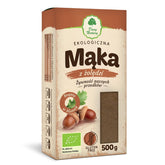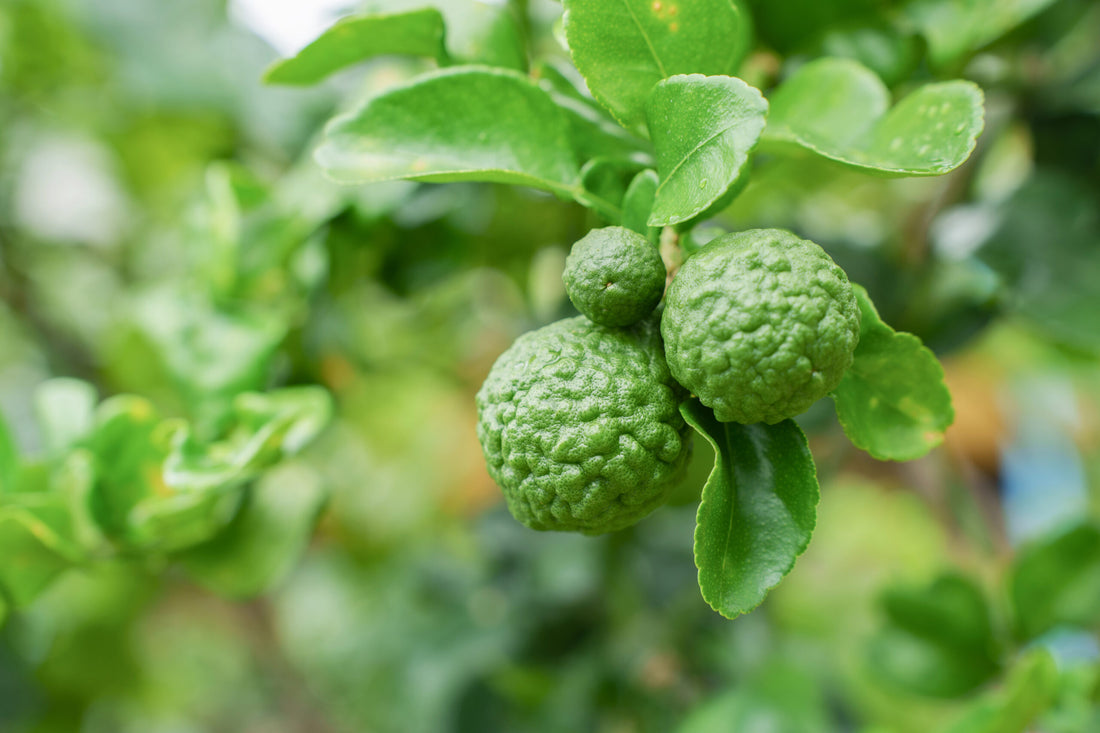Kaffir lime leaves – what properties do they have and why is it worth using them?
Contents:
- Properties of kaffir lime leaves
- Cosmetic use of kaffir leaves
- Use of kaffir leaves in the kitchen
- Controversy over the name
Papeda is a plant species native to Southeast Asia, a small shrub whose fruits are colloquially called "kaffir limes" and whose leaves are kaffir leaves. However, it is not the kaffir lime , which has little juice and is extremely acidic, but the leaves have been used for centuries in traditional Asian cuisine, such as Thai, Indian, Chinese or Korean, and have been enjoying increasing popularity in our country for some time now. This is not surprising, because they give dishes a unique flavor and aroma, while also possessing many valuable properties that have a beneficial effect on our body.
Properties of kaffir lime leaves
S-citronellal enantiomer, which accounts for up to 80% of the oil content of their tissues, is responsible for the unique, refreshing, pleasant and intense scent of kaffir leaves, reminiscent of lime. In many Asian countries, kaffir lime leaves are considered a medicinal raw material. In addition to essential compounds in the form of the aforementioned S-citronellal enantiomer, they also contain other well-known terpenes such as limonene, which is found in lemon peels, citronellol, typical of rose oil , and nerol, which is found, among other things, in lemongrass and hop cones, as well as valuable alkaloids. Thanks to this composition, the leaves have antibacterial and anti-inflammatory properties that support the immune system in the fight against seasonal infections and help combat bacterial inflammation of the respiratory tract.
For medicinal purposes, fresh leaves or the essential oil extracted from them are used. Both the leaves and the oil can be rubbed into the gums, which helps remove harmful bacteria and thus reduce the risk of inflammation, especially periodontal disease. Oil extracted from kaffir leaves relieves the severity of headaches and rheumatic joint pain when applied as a massage. The refreshing, invigorating scent also has a positive effect on our well-being. Consuming kaffir leaves also has a positive effect on the digestive process and can support liver function, accelerating the removal of toxins from the blood. These leaves are helpful if:
-
indigestion,
-
Satiety and overeating,
-
periodic intestinal disorders.
Cosmetic use of kaffir leaves
Essential oil extracted from kaffir leaves can also be used in cosmetics. It is rich in antioxidants that help slow the aging process of tissue. The oil also has a soothing effect on inflammatory conditions, such as acne. Applied to the scalp, kaffir leaf extract stimulates hair growth, improves its condition, and adds shine and elasticity.
Kaffir leaf oil can be used at home – sprayed indoors, it not only provides a pleasant fragrance in your home but also repels unwanted insects. This provides effective protection against mosquito and midge bites.
Use of kaffir leaves in the kitchen
Fresh kaffir leaves are dark green and glossy, with a distinctive two-segmented structure. They are usually available dried. They have a very intense aroma reminiscent of traditional limes, which is also reflected in an interesting flavor. Even dried kaffir leaves leave a very pleasant, refreshing, and yet delicate aftertaste. This flavor has been compared to that of a tangerine, but is also original and unique. Therefore, kaffir lime leaves are difficult to replace with any other spice in oriental recipes.
Traditionally, kaffir leaves are used fresh, dried, and frozen in popular dishes in Thailand, Vietnam, Cambodia, Laos, Burma, Indonesia, and Malaysia. They are often added to dishes with chicken, fish, seafood, and snails. Some of the most popular Asian dishes using kaffir leaves include:
-
fried chicken,
-
steamed mussels,
-
Tom Yum soup – traditional, hot and sour with shrimp, lemongrass and fish sauce,
-
Tod Mun – fish cakes,
-
Kroeung – a paste from Cambodia made from aromatic leaves, roots and chili peppers,
-
green curry .
Sliced leaves are typically added to dishes, and it is recommended to remove the main vein of the blade. Depending on the desired flavor intensity, 6 to 12 leaves are added to a dish serving approximately 4-6 people. This spice is excellent for rice, chicken, fish and seafood dishes, as well as soups and curries, adding a distinctive, refreshing aroma reminiscent of oriental cuisine.
Controversy over the name
Due to political correctness, an issue was raised on social media regarding the controversial name of aromatic papeda leaves. This popular name, which has already caught on around the world, namely "kaffir," is a derogatory term for a Black person in South Africa and Jamaica. However, in Islamic countries, the word "kafir" is a derogatory term for a non-Muslim. Therefore, it has been suggested that kaffir leaves should simply be called papeda leaves, which is the botanically correct name.
THE PUBLISHER'S CHOICE
Dried plums 1 kg BIOGO
- £6.07
- £6.07
- Prezzo unitario
- / per
Dried White Mulberries 500 g ORGANIC
- £5.06
- £5.06
- Prezzo unitario
- / per
Almonds 1 kg BIOGO
- £10.13
- £10.13
- Prezzo unitario
- / per
Cranberries sweetened with apple juice organic 1 kg BIOGO
- £14.19
- £14.19
- Prezzo unitario
- / per
Dried dates 1 kg BIOGO
- £3.65
- £3.65
- Prezzo unitario
- / per
Unpeeled buckwheat groats 1 kg BIOGO
- £2.44
- £2.44
- Prezzo unitario
- / per
Walnuts 800 g BIOGO
- £7.50
- £7.50
- Prezzo unitario
- / per
Peeled sunflower seeds 1 kg BIOGO
- £2.63
- £2.63
- Prezzo unitario
- / per
PULLED ORGANIC SUNFLOWER SEEDS 1 KG BIOGO
- £3.85
- £3.85
- Prezzo unitario
- / per












































































































































